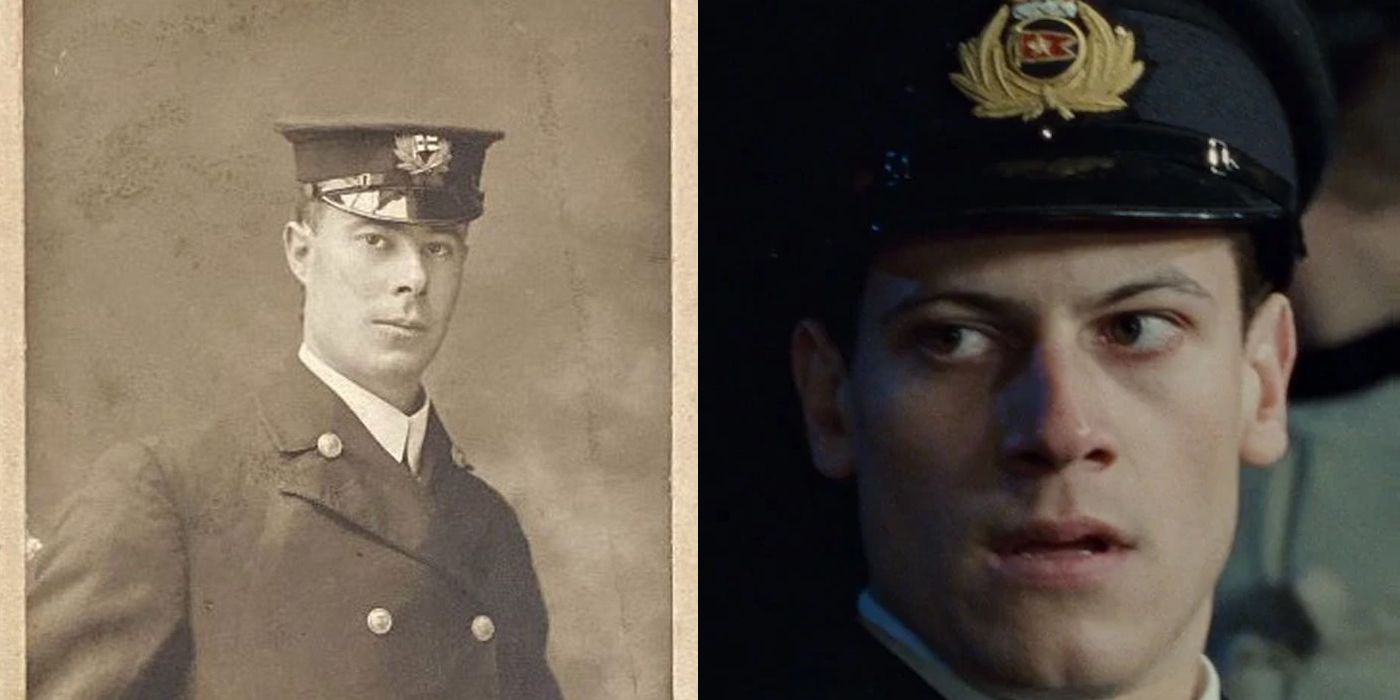
James Cameron included several real-life survivors in his 1997 film Titanic. Many brave souls went down with the ship the night of April 14th, 1912, while some were able to board lifeboats or find other ways of surviving until the Carpathia arrived. While Cameron spent a lot of time perfecting his Romeo & Juliet love story between Jack Dawson and Rose Dewitt-Bukater, he also put effort into portraying the real-life passengers. He even did an incredible job casting these roles, especially with Captain Smith.
Cameron took a few creative liberties and included a few inaccuracies, but for the most part, his film was incredibly accurate to what the real-life passengers experienced. Notable people like Benjamin Guggenheim didn’t make it out alive and reportedly didn’t even try to save themselves. There was even a scene honoring Ida and Isador Strauss, who went down on Titanic together. However, from other first-class passengers to officers in charge of the lifeboats, here are 20 real people who appeared in Cameron’s Titanic and survived the fatal crash.
20Margaret Molly Brown
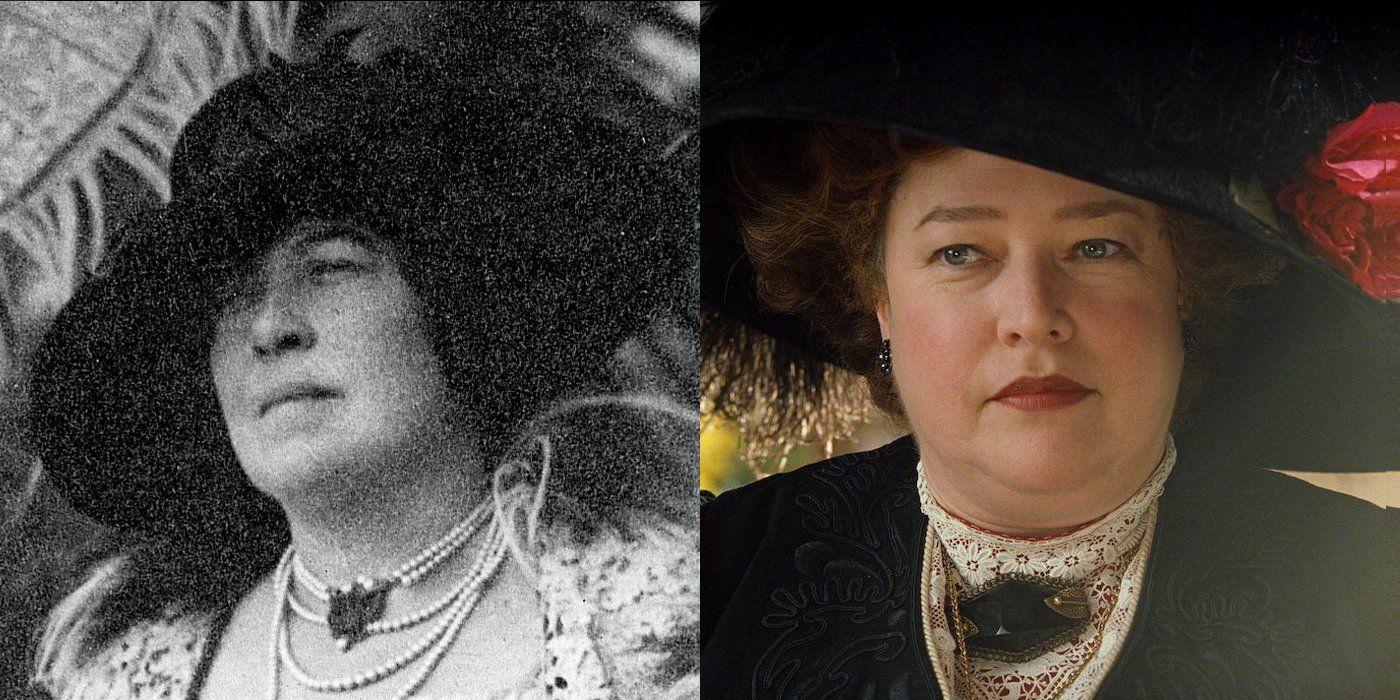
Margaret “Molly” Brown is one of the most renowned Titanic survivors due to her strong will and tenacity. Kathy Bates portrayed her in James Cameron’s film as she urged Quartermaster Robert Hichens to go back and rescue passengers who had been left behind. She was warned of the dangers of returning to the site of the sinking, but unlike some of the other selfish first-class passengers, she wasn’t afraid. Allegedly, Brown even threatened to throw Hitchens overboard because of his refusal. Brown became known as The Unsinkable Molly Brown due to her resilience and efforts to help surviving passengers as well as women during World War I.
19J. Bruce Ismay
Unlike Brown, J. Bruce Ismay is not remembered for being a hero. Ismay served as chairman and managing director of White Star Line, and in Titanic, actor Jonathan Hyde, who played Ismay, and Bernard Hill, who played Captain Smith, acted out a scenario that actually happened. Ismay insisted on speeding up the ship in order to make headlines and break records.
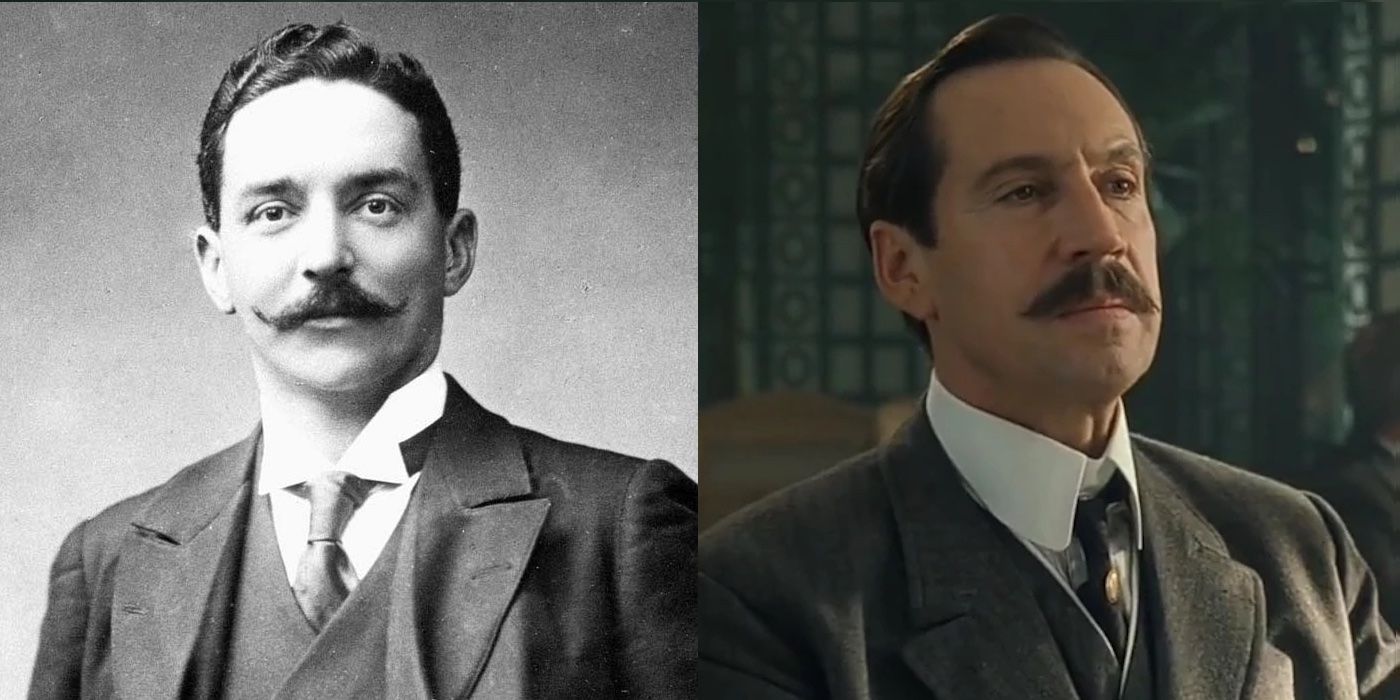
It’s believed the Titanic may have had a better shot at survival had it not been speeding through icy waters. Unlike Smith and Thomas Andrews, the Titanic’s architect, Ismay didn’t go down with the ship. Cameron’s film shows him shamelessly jumping on a lifeboat, but the businessman later lived a life full of shame and depression, which lasted until his death.
18Second Officer Charles Lightoller
Second Officer Charles Lightoller had felt the Titanic’s collision while asleep but initially didn’t see any damage and returned to his bed until he was woken up with the news she had struck an iceberg. Lightoller misinterpreted Smith’s women and children first rule and thought he was only supposed to load the boats with women and children. This resulted in boats with plenty of space for more passengers being launched into the ocean because if there weren’t any more women and children around while he was launching his boat, he didn’t allow men to fill the spaces. Lightoller survived by holding onto Collapsible B before being saved by another lifeboat.
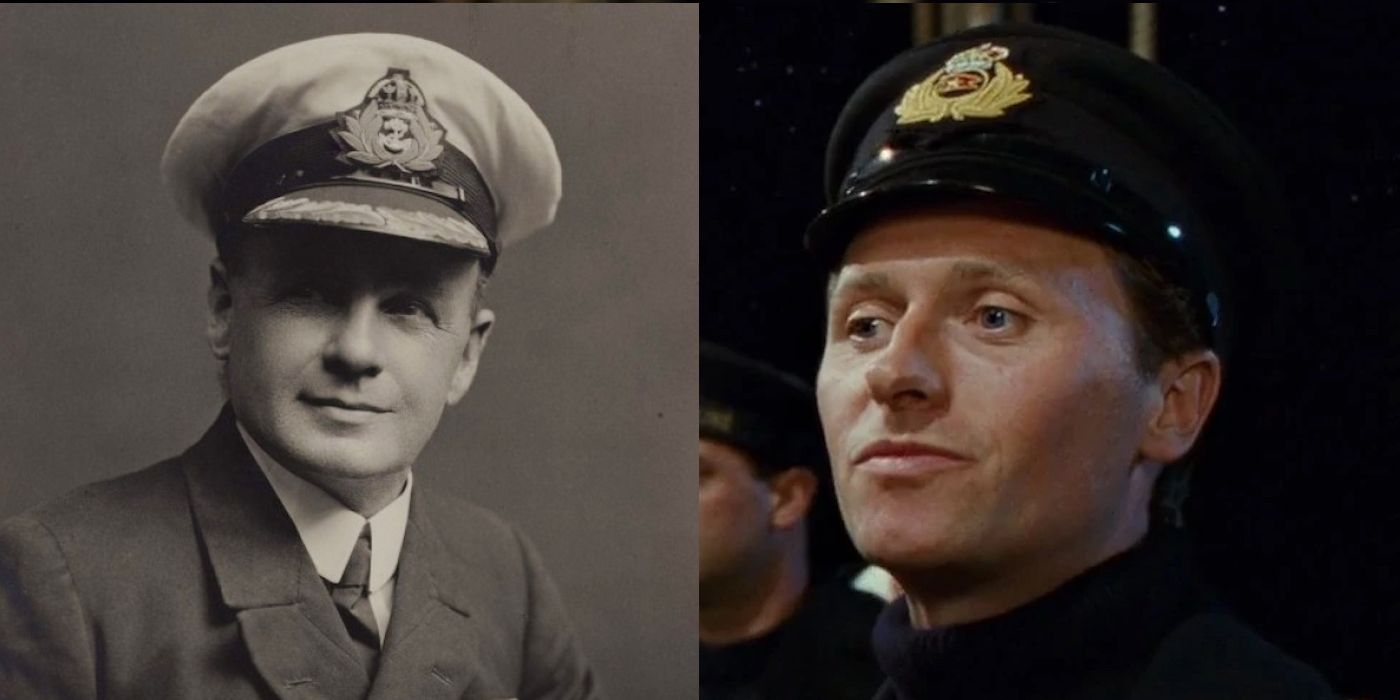
17Fourth Officer Joseph Boxhall
Fourth Officer Joseph Boxhall had one of the most important jobs the night of the Titanic’s sinking. Boxhall was the one who calculated the Titanic’s position so the crew could send out a distress signal to other boats nearby. He was also the one who attempted to use Morse Code to get the attention of a nearby boat that many in history believe was the SS Californian. Boxhall was put in charge of Lifeboat 2 and arrived at the Carpathia at 4 am.
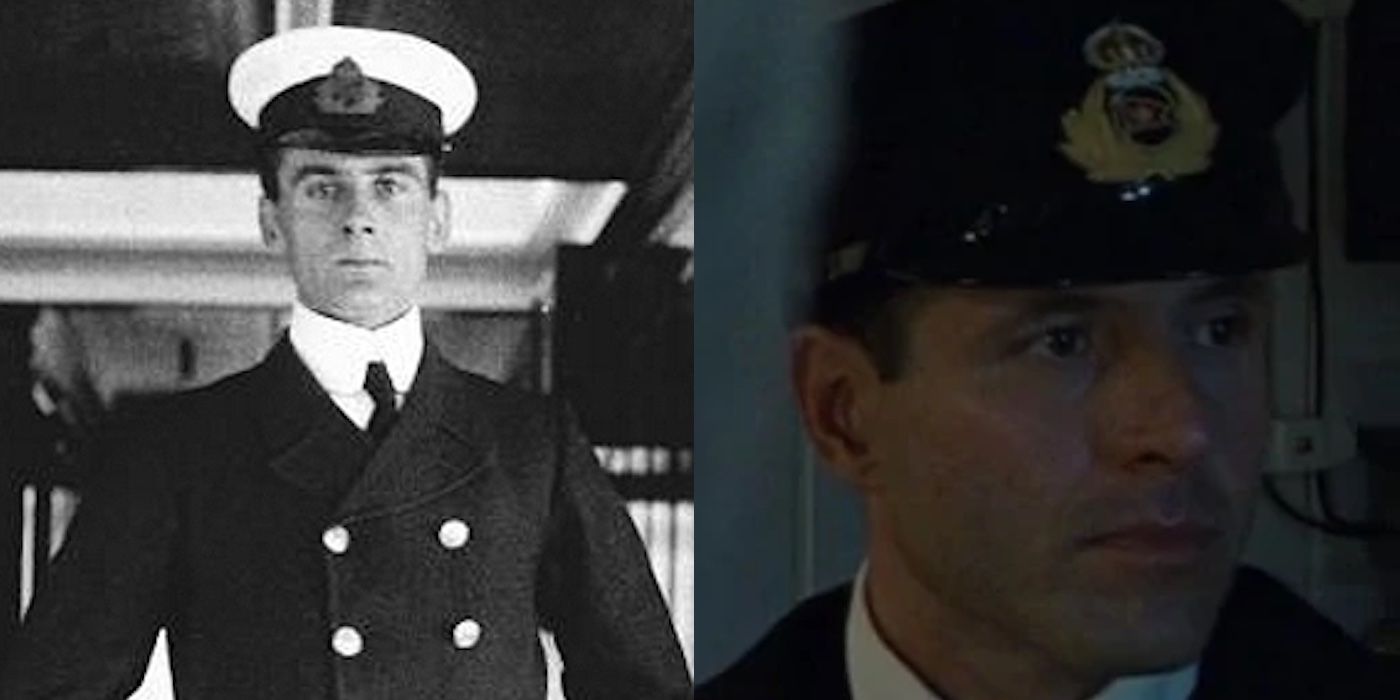
16Fifth Officer Harold Lowe
Harold Lowe was asleep when the Titanic hit the iceberg on April 14th, 1912, but woke up 30 minutes later. Reportedly, he shot into a crowd of men trying to jump onto lifeboat 14, saying, “get back, or I’ll shoot you all like dogs,” but in Cameron’s film, the filmmaker gave this line to Lightoller. Lowe insisted he didn’t actually shoot any of the men but was only shooting into the crowd to scare them. Lowe assisted in transferring passengers between lifeboats so he could get a team of people into one to return to the site of the sinking and rescue passengers from the water.
